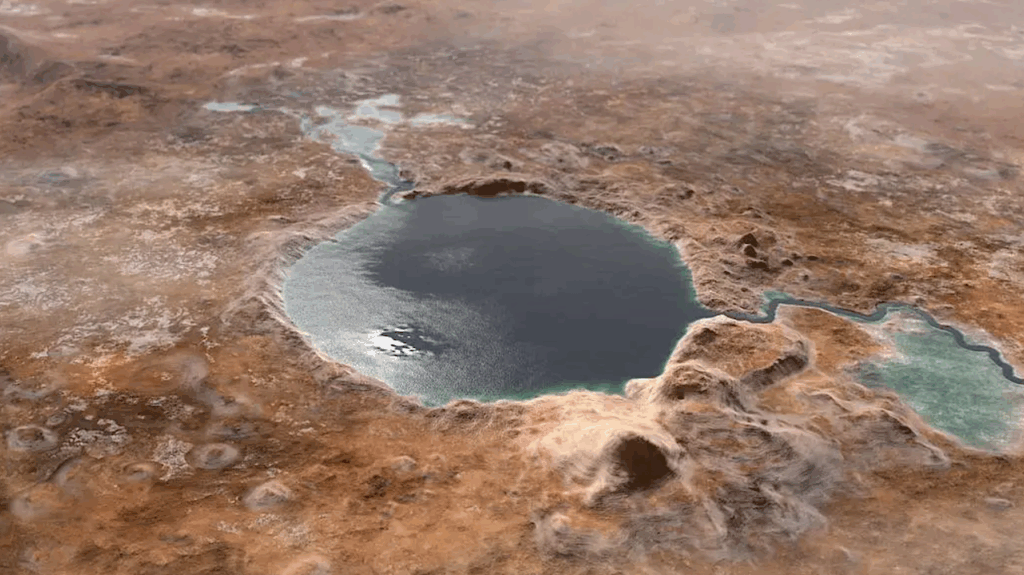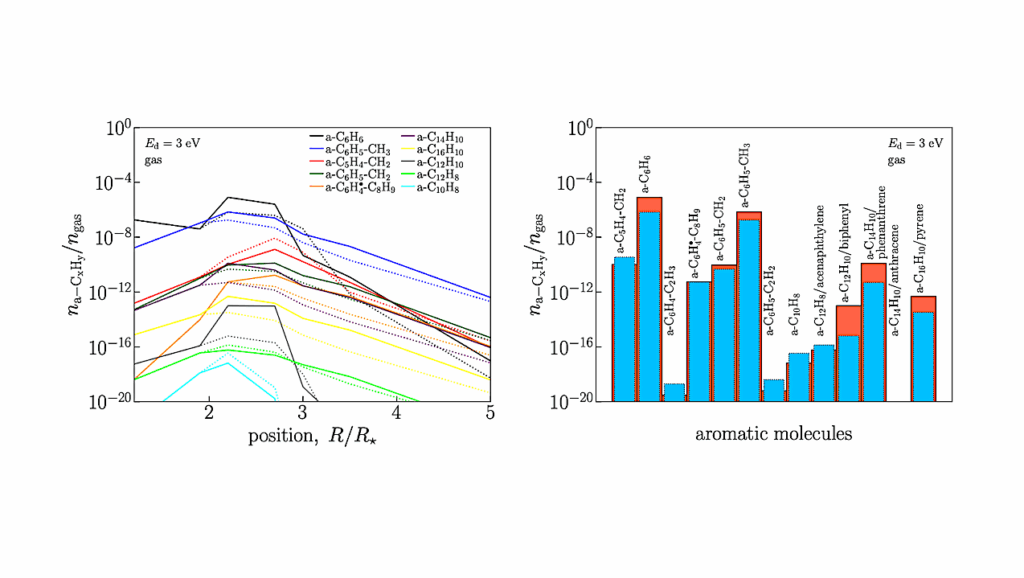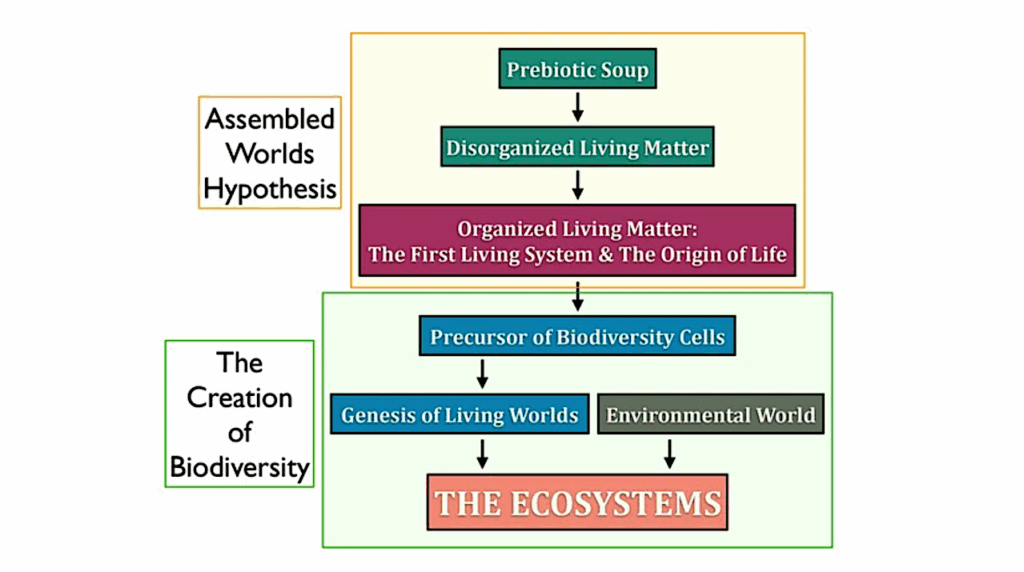Life Forms On Our Planet Prefer Small And Very Large Sizes

Life comes in all shapes in sizes, but some sizes are more popular than others, new research from the University of British Columbia has found.
In the first study of its kind published today in PLOS ONE, Dr. Eden Tekwa, who conducted the study as a postdoctoral fellow at UBC’s department of zoology, surveyed the body sizes of all Earth’s living organisms, and uncovered an unexpected pattern. Contrary to what current theories can explain, our planet’s biomass—the material that makes up all living organisms—is concentrated in organisms at either end of the size spectrum.
“The smallest and largest organisms significantly outweigh all other organisms,” said Dr. Tekwa, lead author of “The size of life,” and now a research associate with McGill University’s department of biology. “This seems like a new and emerging pattern that needs to be explained, and we don’t have theories for how to explain it right now. Current theories predict that biomass would be spread evenly across all body sizes.”
In addition to challenging our understanding of how life is distributed, these results have important implications for predicting the effects and impacts of climate change. “Body size governs a lot of global processes as well as local processes, including the rate at which carbon gets sequestered, and how the function and stability of ecosystems might be affected by the composition of living things,” said Dr. Tekwa. “We need to think about how body size biomass distribution will change under environmental pressures.”
“Life constantly amazes us, including the incredible range of sizes that it comes in,” says senior author Dr. Malin Pinsky, associate professor in the department of ecology, evolution, and natural resources at Rutgers University. “If the tiniest microbe was the size of the period at the end of this sentence, the largest living organism, a sequoia tree, would be the size of the Panama Canal.”
To obtain their results, Dr. Tekwa spent five years compiling and analyzing data about the size and biomass of every type of living organism on the planet—from tiny one-celled organisms like soil archaea and bacteria to large organisms like blue whales and sequoia trees. They found that the pattern favouring large and small organisms held across all types of species, and was more pronounced in land-based organisms than in marine environments. Interestingly, maximum body size seemed to reach the same upper limits across multiple species and environments.
“The largest body sizes appear across multiple species groups, and their maximum body sizes are all within a relatively narrow range,” Dr. Tekwa noted. “Trees, grasses, underground fungi, mangroves, corals, fish and marine mammals all have similar maximum body sizes. This might suggest that there is a universal upper size limit due to ecological, evolutionary or biophysical limitations.”
Dr. Tekwa was also able to uncover some intriguing details about the distribution of life in various ecosystems. “Even though corals occur in only a small fraction of the ocean, it turns out that they have about the same biomass as all the fish in the ocean,” said Dr. Tekwa. “This illustrates how important the balance of biomass is in the oceans. Corals support a lot of fish diversity, so it’s really interesting that those two organisms have almost the same biomass.”
As for humans, we already know we comprise a relatively small biomass, but our size among all living things reveals our place in the global biome. “We belong to the size range that comprises the highest biomass, which is a relatively large body size,” said Dr. Tekwa.
Dr. Tekwa added that their findings will help inform future research into Earth’s evolving environment. “This enables us to move forward, because it establishes a baseline of the current state that already includes human-driven effects,” they said. “For example, fish biomass is probably half of what it was before humans arrived, but it gets harder and harder to infer those patterns as we go farther back in geological time. These are really important empirical studies to conduct. There’s a lot of relevance to humans and societies as we tackle sustainability challenges, and global ecological assessments should be an essential part of sustainability initiatives.”
The sizes of life, PLOS (open access)
Astrobiology








